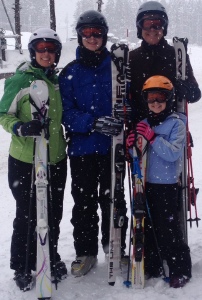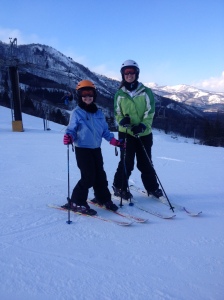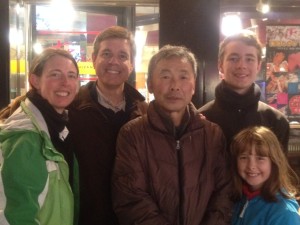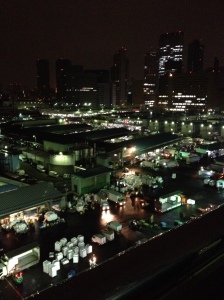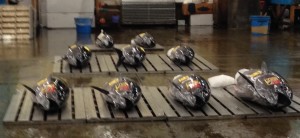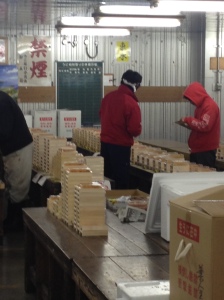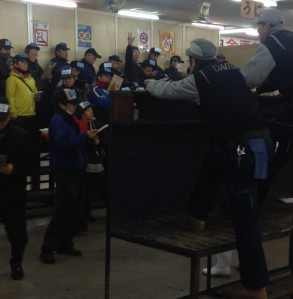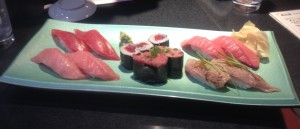Our family had a great time in Japan. While I loved many things about Japan, here are ten things I especially loved:
1. Excellent Rail System
During our round-the-world trip, we often have rented cars to travel in different countries. I am a big proponent of public transportation, but with four travelers, it often is cheaper to have a rental car than to buy tickets for each one of us. Plus, a rental car provides flexibility. In Japan, however, we used the train system to travel, and it was a great decision for our family. We purchased a Japan Rail Pass, which you must buy outside of Japan, and it allowed us to travel between major cities such as Tokyo, Kyoto, and Hiroshima. At times, such as in Hiroshima, the JR Pass allowed us to travel on buses, and in Tokyo, we used our JR Pass on many subway lines. We also used the JR Pass to travel by monorail to Tokyo’s Narita Airport for our departing flight. It was well worth the expense and saved us considerable time and money.
2. Shinkansen (Bullet Trains)
While the bullet trains are part of the rail system, they deserve special mention. All four of us are big fans of the bullet trains! We loved the fast and smooth rides as we traveled around the country. Here’s a tip: if you arrive at a station with enough time, you may stop by a ticket office and get a reserved seat on the bullet train, which we did on a number of occasions. If you are rushing to make a train, which you can be sure will depart right on time, then you can ride in certain cars without a reserved seat. We did this a number of times, and it was just as comfortable.
3. Biking around Kyoto
During our stay at the Apple House in Kyoto (a house we highly recommend with a wonderful host, Hiroko James,), we used two bicycles that Hiroko provided and rented two more bikes. We pedaled our way around Kyoto, which was both good exercise and a fantastic way to see the city. It is easy to park a bike nearly anywhere in Kyoto. In many cases, you can simply park outside a building on the sidewalk with other bikes, or you may use bicycle parking stations located throughout the city.
4. Japanese Food
We ate, and ate, and ate across Japan. And the food was delicious! From a Japanese breakfast at Ryokan Yamakazi (a traditional Japanese inn); to sushi; to noodles; to Syojin Ryori, Buddhist vegetarian cuisine at Shukubo Eko-in Temple in Koyasan; to steamed buns; to dumplings and tempura, the food was excellent. Here’s a tip: for the best prices, purchase excellent prepared food in grocery stores or in food markets on the bottom floors of department stores. I loved Japanese food before visiting the country; I crave it now! (In fact, I had it for lunch today!)
5. Japanese Architecture
Thankfully, we were able to stay at places with traditional features such as tatami (straw mats), futon (sleeping mattresses), shoji (sliding doors), and sento (Japanese baths). Loved them!
6. Samurai
We learned about samurai, military nobility of feudal Japan, who are not to be confused with ninja, more mercenary fighters. We had a great time at Samurai Kembo in Kyoto. It’s a bit expensive, but if you have a chance to go, I encourage you to do it. We are glad we did!
7. Japanese Traditions
Thanks to my wife, Lisa, who took the lead in organizing and booking our Japanese trip, we enjoyed special experiences of the Japanese Tea Ceremony and Kimono. All four of us participated in a tea ceremony, and in another adventure, Lisa and our daughter, Rachel, were dressed in Kimono.
8. History
I have written in a previous blog post about our trip to Hiroshima, which was chilling and moving, and I am grateful to learn more about this part of Japan’s history. Japan’s history, of course, is much, much longer, wider, and deeper than World War II, and I loved learning more about Japanese history with special attention to its religious history.
9. Japanese Machines
If there is a way to enhance life through automation, I think the Japanese have found it. We loved the ubiquitous vending machines, which dispensed both hot and cold drinks from the same machine. Some vending machines will even scan your body and suggest the drink you should select. While the vending machines were fun and nice, the Japanese toilets were the best machine by far! With a number of features such as heated seats and built in warm-water bidet functions, Japanese toilets are the best I have ever encountered. We are trying to determine how we can have one installed in our home in the United States.
10. Kindness of People
We fell in love with Japanese people. We left Japan with new friends who showered us with kindness: Hiroko James, Naoto Nakamura, and Ryuichi Tsubuku. We also were treated with kindness by countless people such as fellow passengers on trains, workers at markets, officials at train stations, and one dear man who took about fifteen minutes to walk us through streets of Tokyo to show us our destination. While we bowed and said, “Arigato, Thank you,” it was not nearly enough to convey our true gratitude for their kindness.
























